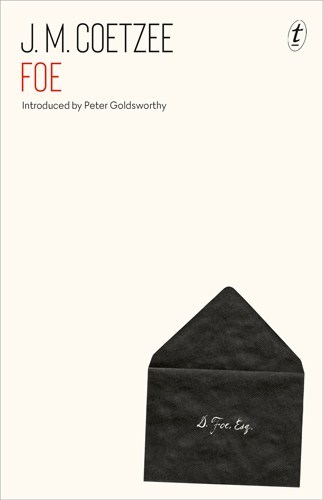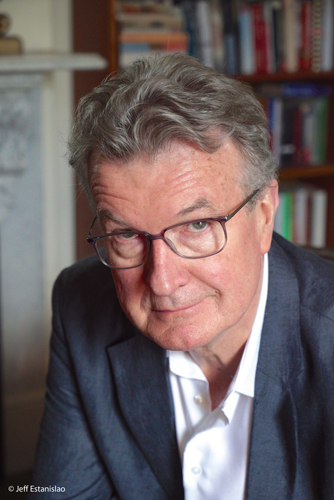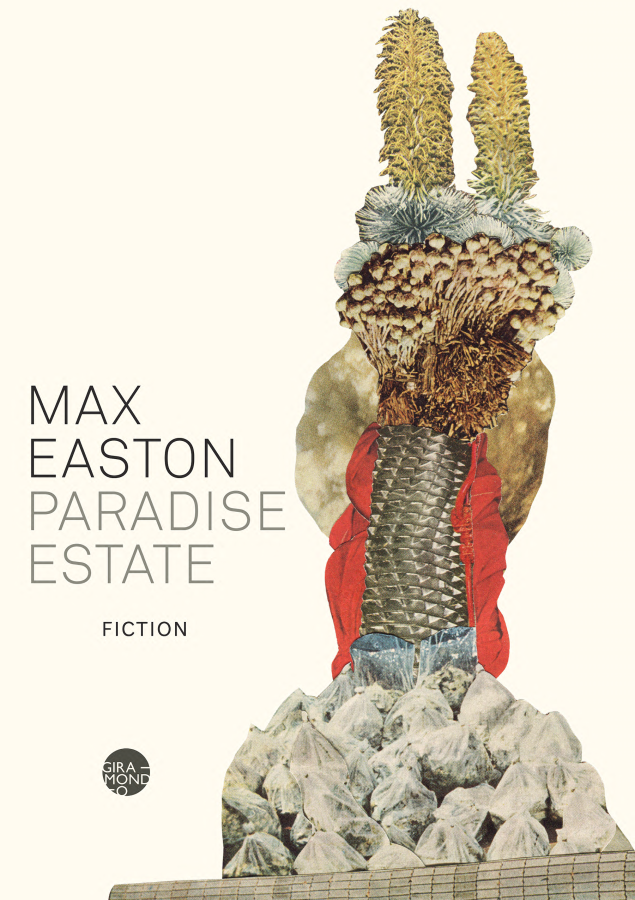In the remarks that preface his 2003 Nobel Lecture, entitled ‘He and His Man’ (worth watching on YouTube for the dry comedy of the delivery alone), J. M. Coetzee speaks of reading The Strange and Surprising Adventures of Robinson Crusoe when he was ‘eight or nine’. Presumably this was an abridged children’s version of the kind many of us read at that age. He would not have been alone when he fell in love with this ‘desert island that became a kingdom’, or when Crusoe became ‘a figure in my imagination’. Less predictable, perhaps, was his bewilderment at the claim in his Children’s Encyclopaedia that the author of the book was someone called Daniel Defoe. ‘This made no sense,’ he continues, ‘because it said on the first page of Robinson Crusoe that Robinson Crusoe told the story himself.’
Questions began to gnaw at the mind of our nine-year-old Socrates. Who was Daniel Defoe? What had he done to get his name in the Encyclopaedia? Was the name an alias that Robinson Crusoe used when he returned to England and ‘put on a wig’?
Such childhood literary bewilderments might not always lead to a Nobel Prize for Literature, but they clearly helped trigger a lifetime’s rigorous examination of the nature of narrative, and of the fluid border between what is made up and what is true.
There are many ways to read Foe (1986), which has a shifting choose-your-own-strange-and-surprising-adventure flavour to it; I’ve tried a few.
My favourite is to reverse-engineer Defoe’s Robinson Crusoe from the perspective of the castaway Susan Barton’s account of her very different experience of Cruso in Coetzee’s novel. Putting the chronological cart before the horse (a method that owes something to Jorge Luis Borges’s deadpan comic masterpiece Pierre Menard, Author of the Quixote), we realise that Robinson Crusoe would have been a much duller book (not that it is free of unabridged longueurs) if Defoe had not first read Coetzee’s Foe and fictionalised and glamourised Barton’s account of her largely adventure-free time marooned on the island, in order to create a more ripping yarn. Whether fleshing out the preamble, or sending in the cannibals (what’s a desert-island adventure without cannibals?), or allowing ‘his’ Crusoe to escape the island and have many ‘farther adventures’, Defoe never lets Barton’s dull facts spoil a good story.
The unchronological approach works best if you haven’t read Robinson Crusoe since childhood. I read it again after Foe and found it as fresh and surprising as the first time.
Except for the footprint in the sand. The most famous footprint in literature might have vanished with the next big wave, but remains indelible in the mind’s eye of every child reader.
Fiction abhors a vacuum: Susan Barton’s passing mention of seeing ‘no footprints in the sand’ offers up a space for Defoe to fill. As do many other opportunities in her letters (Foe is an epistolary novel): her frustration at her Cruso’s refusal to dive into the shipwreck for tools or weapons, his indifference to the idea of building an escape boat, or of keeping a journal, despite her suggestion he might use gull’s quills and fish-bile ink.
All grist to a novelist’s mill. That’s a good idea, Defoe must have thought when reading Coetzee’s novel three hundred years ago. I can use that.
A variation of this back-lit method might be to read the two texts in parallel, or in counterpoint – perhaps with Coetzee’s Nobel Lecture as a third harmonic thread – rather in the fashion of his novel Diary of a Bad Year, with its three-part melodic invention. The lecture has Robinson Crusoe holed up in The Jolly Tar in Bristol, receiving reports from ‘his man’ Defoe, as the latter travels around Britain.
Defoe began writing Robinson Crusoe, his first novel, aged sixty. During the period in which Coetzee’s novel is set, he is still Daniel Foe; he has not yet partially fictionalised or glamourised his name by adding that Frenchified nobiliary particle ‘de’. He is still perhaps the financial journalist, the business entrepreneur, the spy, the café owner. (A useful summary of Defoe’s frenetic life can be found in an essay Coetzee wrote about Defoe’s last novel, Roxana.) He was also a bestselling travel writer, which seems to be what he is up to in the Nobel Lecture. It’s worth borrowing at least one paragraph from that lecture and reading this, too, backwards into Foe.
How are they to be figured, this man and he? As master and slave? As brothers, twin brothers? As comrades in arms? Or as enemies, foes
Foe is a novel full of strange surprises; one of the biggest occurs back in England, after Susan’s rescue, when Daniel Foe himself enters as a character. (He has always been the addressee of her letters, we have slowly come to understand.) Are Susan and Foe mistress and slave? Muse and slave, perhaps? Although, if she is Foe’s Muse, she is a prosaic Muse, a Muse of facts. The story she tells him is as matter of fact as the sex she will later visit upon him. The ‘dressing up’ of her story into a ripping yarn is all his.
An even more adventurous and surprising narrative twist occurs later in the novel. Coetzee brings in a crucial plot line (and, we now realise in retrospect, the name of his central character, Susan) from the last section of Roxana. At this point, perhaps Roxana should be read as a quadriphonic melodic line.
And the eighteenth-century key in which all these melodies are played? Coetzee handles Susan Barton’s voice with ease. After all, he’s been speaking it in his head since he was eight. Of course, being Coetzee, there is no eighteenth-century novelistic padding. No permission slips are offered for skipping paragraphs when reading Foe, of the type most of us would need to get through an unabridged Robinson Crusoe or Roxana. Little Socrates has grown up into a scrupulous, if often playful, interrogator of his own writing. He leaves no sentence unpacked – or ever left behind, for that matter. They leave their traces, their trails.
‘Defoe had no models for the kind of extended fiction he was writing,’ Coetzee wrote in his essay on Roxana. ‘He was not only making up the story as he went along, he was making up the form too.’
Coetzee has been making up his own forms as he goes along; each book is unlike the last. He can construct thoroughly considered realism as well as anyone – think of Disgrace or Age of Iron, or indeed Susan’s island world – but he likes to do a lot of other things as well.
And Friday? He is a largely mute presence throughout the novel – a silent rebuke? – his tongue cut out perhaps by slavers, perhaps by Cruso, perhaps figuratively by colonialism, or the slave trade, or by Coetzee’s default pessimism about the limitations of language, and narrative, to encompass certain world views.
In Foe, Friday is anything but Defoe’s ‘faithful, loving, sincere servant’. There are various ways of reading Friday too, but the coda to the novel provides a lens that brings him front and centre, and through which all other readings can be viewed – retrospectively.
Suddenly, surprisingly, we are no longer in the narrative hands of Susan. With its alternative endings, what is this last poetic section about? The new, unnamed narrator – Coetzee himself? – diving into the wreck at last? Searching for tools? For weapons? The tools and weapons of words, in the mouth of the drowned Friday?
This is one of many adventurous readings to choose from in the big, scarcely finite library of the wondrous little novel Foe.
This is Peter Goldsworthy’s introduction to the Text Classics edition of Foe by J.M. Coetzee, published this month.





